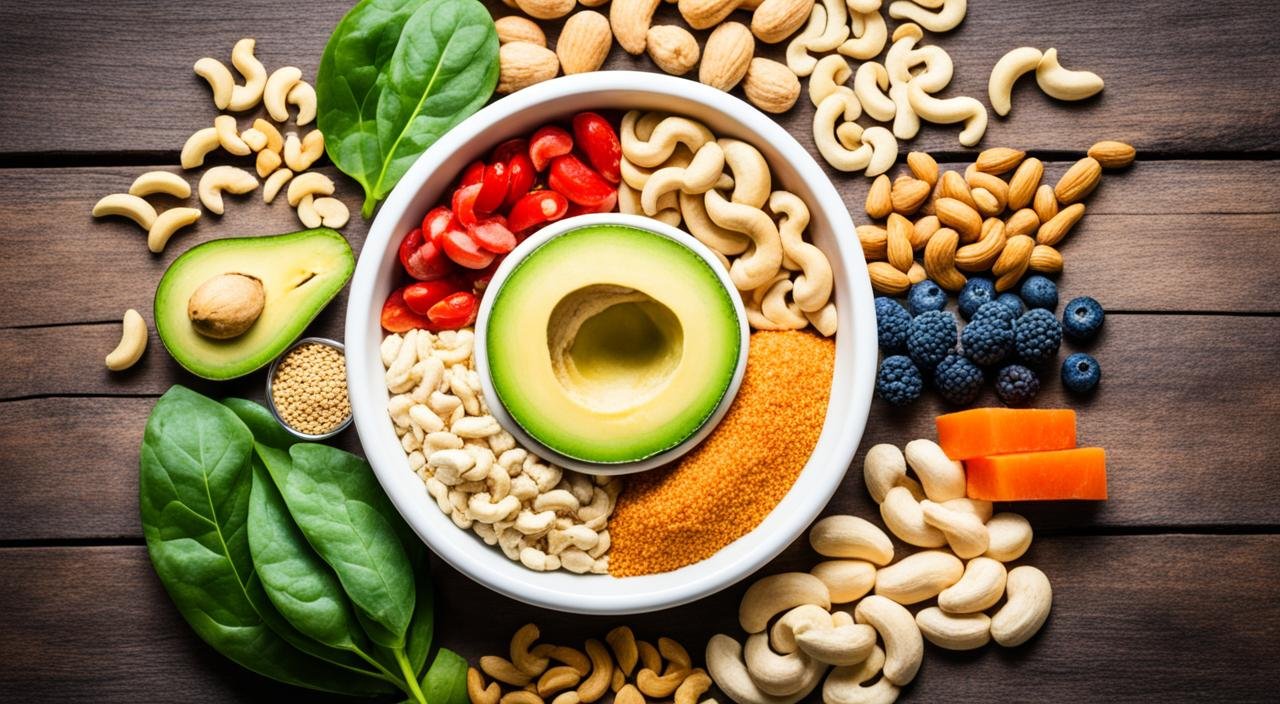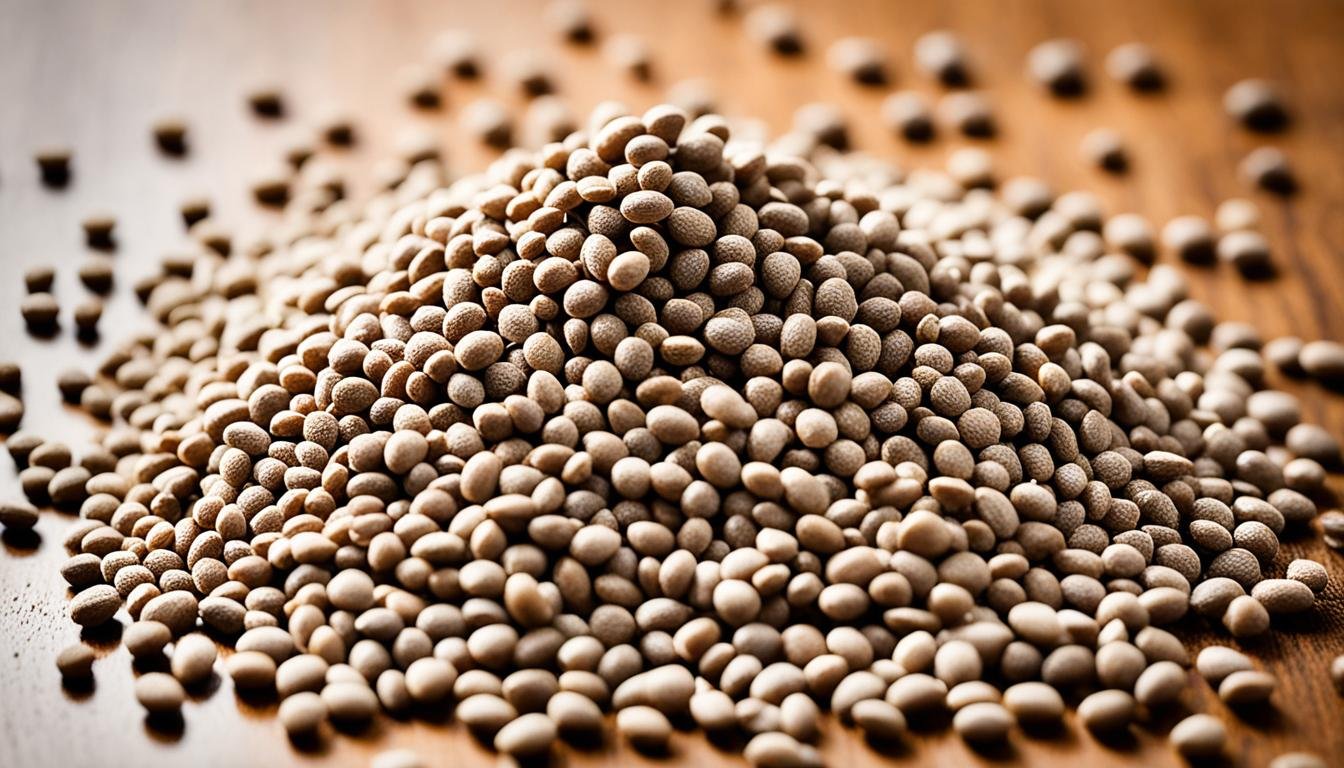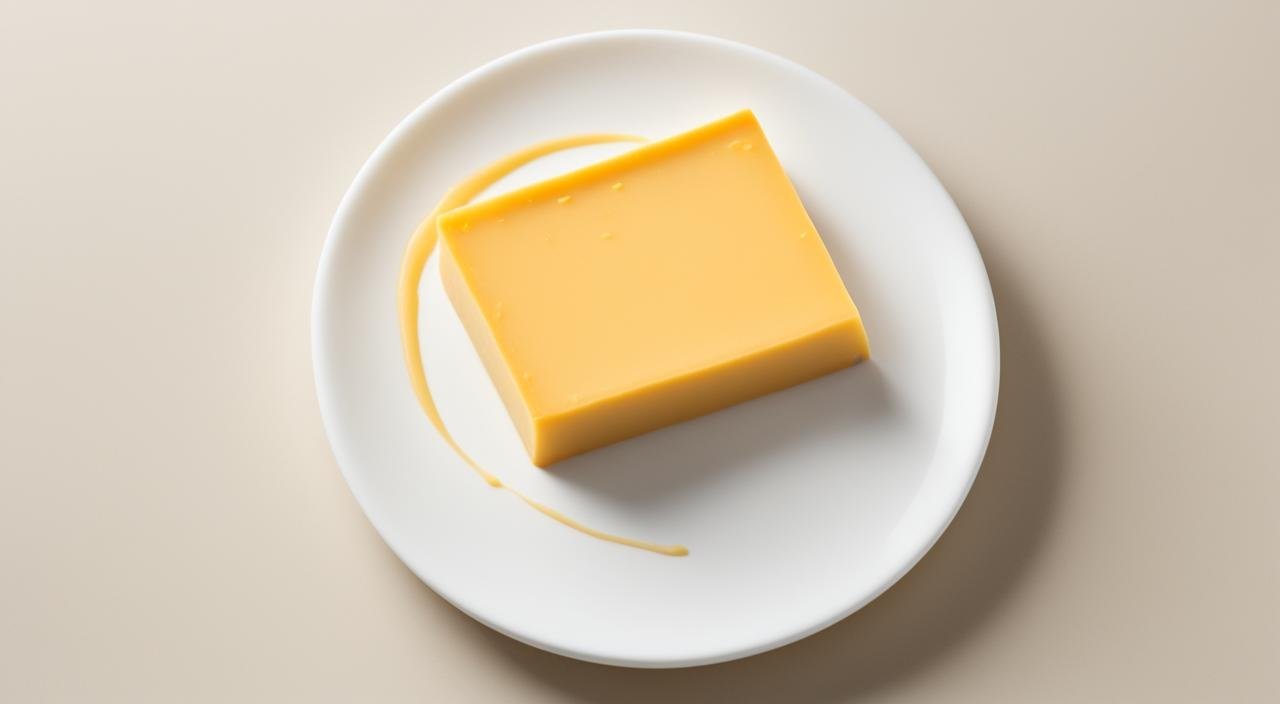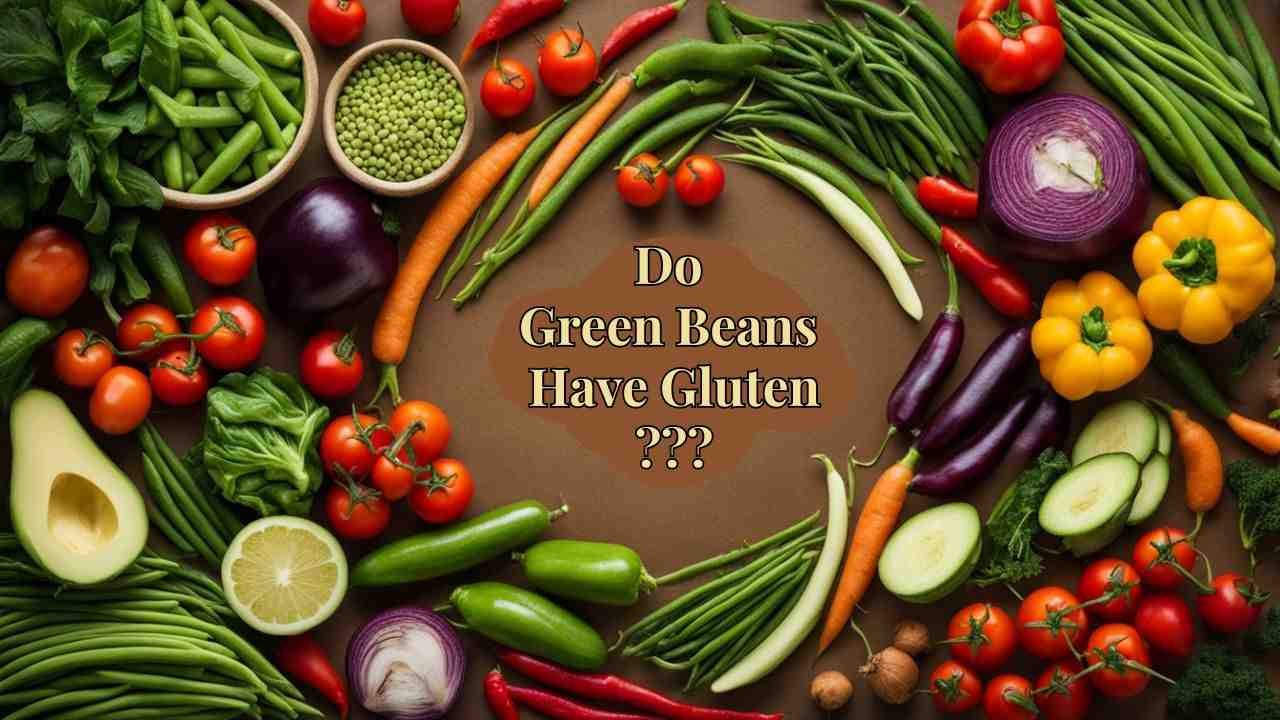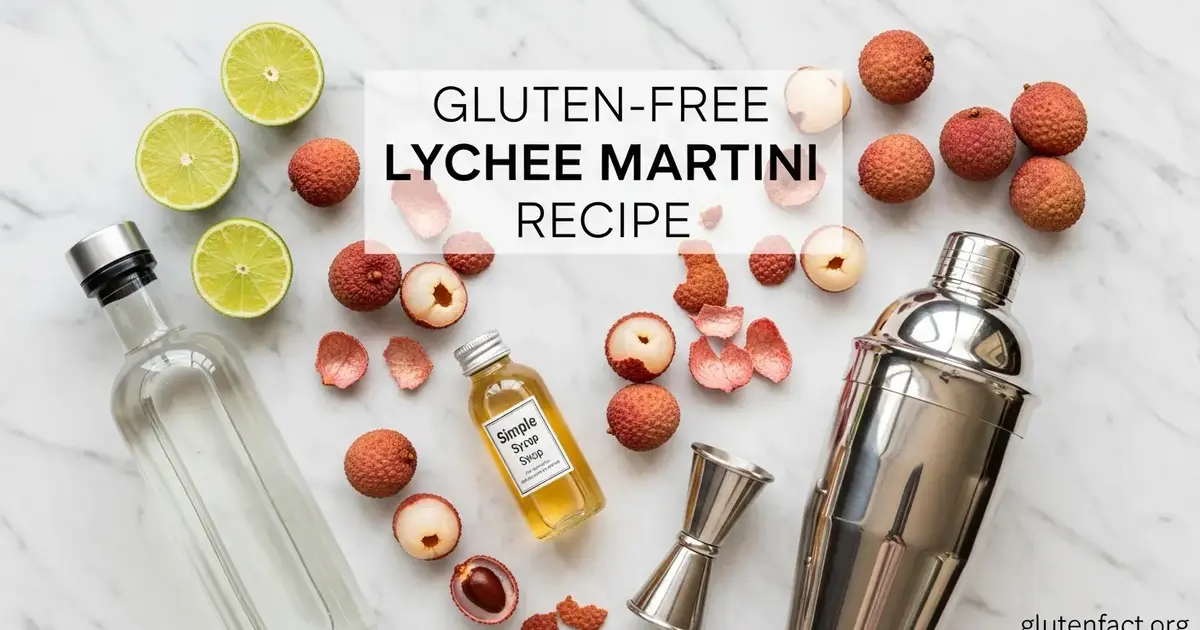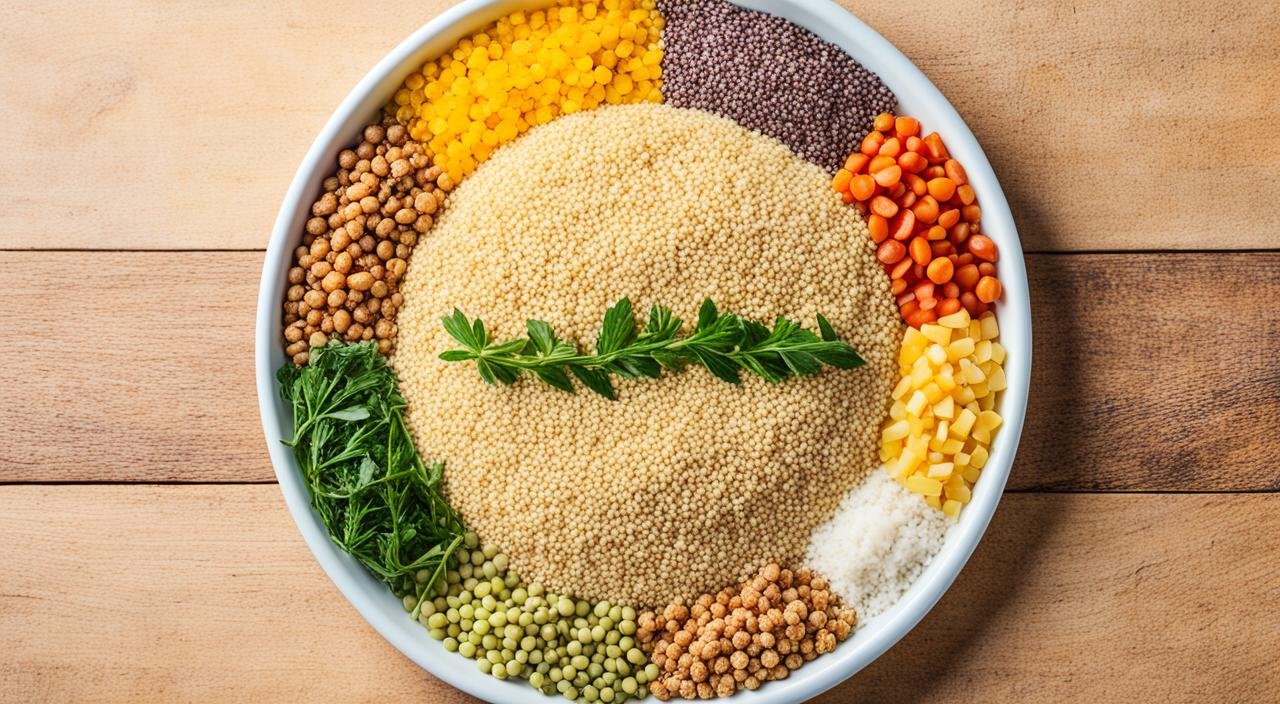Do you avoid gluten or have a nut allergy and wonder about cashews? This guide will look deep into the gluten-free status of cashews. We’ll check out the risk of cross-contamination in nuts. Get ready to learn if cashews are a safe, tasty choice for your diet.
Many now choose gluten-free diets to steer clear of grains like wheat and barley. But what about cashews and their gluten content? Are they truly free of gluten or do they get mixed up with it? We’re going to answer these questions for you.
This makes them a good choice for your gluten-free diet. Still, there’s a chance they come into contact with gluten in processing. This happens as they often share equipment with gluten products.
The second source confirms the same, but with a twist. Finding nuts completely safe from cross-contamination is very hard. This is a big worry for people with celiac disease or gluten sensitivity. So, keep this in mind if you’re adding cashews to your gluten-free life.
Key Takeaways
- Cashew nuts are naturally gluten-free, but cross-contamination is a concern during processing
- Nuts can be challenging to source that are completely free from gluten cross-contamination
- Identifying certified gluten-free nut products is crucial for those with celiac disease or gluten sensitivity
- Cashews offer many nutritional benefits, which is great for a gluten-free diet
- Reading labels and talking to manufacturers can ensure safer cashew eating
We’re going to focus on gluten-free eating and nut allergies more. The safety of cashews for someone like you is key. Stick with us to get clear on the truth, bust the myths, and help you make smart choices about cashews in your diet.
Introduction to Gluten Free Diets
Many people need to avoid gluten due to conditions like celiac disease, wheat allergy, and NCGS. Following a gluten-free diet is key to feeling well and staying healthy. It’s vital to learn about gluten and these health issues to live gluten-free successfully.
What is Gluten?
Gluten consists of proteins in specific grains like wheat, barley, and rye. While these proteins help food keep its shape, they can harm individuals with gluten issues.
Gluten Intolerance Conditions
Celiac disease is an autoimmune illness that negatively reacts to gluten. It damages the small intestine and may cause other health problems. People with wheat allergy or NCGS may face different symptoms but still need to avoid gluten.
To stay healthy, those with gluten intolerance should completely stay away from foods that have gluten. This is vital for their well-being.
Are Cashews Gluten Free?
Cashew Nuts are Naturally Gluten Free
Cashew nuts are safe for those on a gluten-free diet. They are naturally gluten-free. Other gluten-free nuts include almonds, macadamia nuts, and more.
Risk of Cross-Contamination
Cashews are gluten-free but might get mixed with gluten during processing. Some might get coated with wheat when roasted. To be safe, choose nuts clearly labeled gluten-free.
Brands not careful about gluten can cause problems. Ayoub’s Nuts is a brand known for its gluten-free processes. They do not use wheat, barley, or rye and roast nuts without the risk of mixing with gluten.
Gluten-free eaters must watch for cross-contamination with nuts. By selecting trusted brands, they can safely enjoy cashews. These include those careful to label their products gluten-free.
Gluten Free Nuts and Seeds
Going gluten-free can seem tough, but we’re here to make it simpler. Luckily, nuts and seeds are naturally gluten-free. They make a great choice for anyone, from those on a paleo diet to anyone wanting healthy snacks.
Safe Nut and Seed Choices
Choosing gluten-free nuts and seeds offers a lot of variety. You can go for almonds, cashews, pumpkin seeds, or sunflower seeds. They’re great for snacking or adding to gluten-free recipes and treats.
Avoiding Cross-Contamination
Even though nuts and seeds don’t contain gluten, cross-contamination can happen in processing. This is especially true if they’re processed near gluten-containing foods. To be safe, pick nuts and seeds that are certified gluten-free or made in a gluten-free place.
| Nut/Seed | Nutrition Facts |
|---|---|
| Almonds | Considered the most nutrient-dense of all tree nuts, almonds are a great source of protein, fiber, and healthy fats. |
| Cashews | Cashews are high in fiber and protein, with nearly 75% heart-healthy monounsaturated fat to support cardiovascular health. |
| Pumpkin Seeds | Packed with fiber, pumpkin seeds are a nutrient-rich gluten-free snack option. |
| Sunflower Seeds | Sunflower seeds are a versatile gluten-free seed that can be enjoyed on their own or added to a variety of dishes. |
Reading Nut Labels for Gluten
When living gluten-free, it’s key to read food labels closely. This is very important when buying nuts and nut products. There’s often a risk of cross-contamination during the making process. Knowing what gluten-containing ingredients to avoid helps. Also, looking for gluten-free certifications on labels makes sure the nuts and butters we pick are safe for us.
Identifying Gluten-Containing Ingredients
Gluten can be hidden in places we might not expect. To spot gluten-containing stuff, watch for words like wheat, barley, rye, and triticale. Ingredients like malt, brewer’s yeast, and modified food starch usually mean gluten. People with celiac or gluten sensitivity should skip these.
Certifications and Statements
Seeing clear labels or certifications is the best way to know nuts are gluten-free. Look for “gluten-free” or “certified gluten-free” marks by trusted groups like the GFCO. They test products to have less than 10 parts per million (ppm) of gluten. The FDA’s limit is less than 20 ppm for its “gluten-free” label. These certifications and labels give us the confidence to enjoy nuts on a gluten-free diet.
| Certification | Gluten Threshold | Oversight |
|---|---|---|
| GFCO | Less than 10 ppm | Gluten-Free Certification Organization |
| FDA Gluten-Free | Less than 20 ppm | U.S. Food and Drug Administration |
By learning how to spot gluten-free labels and gluten-containing ingredients, we can freely choose nuts. They’re packed with nutrition and delicious for a gluten-free diet.
Nutritional Benefits of Cashews
Cashews are full of good stuff and help our health in many ways. They are high in healthy fats. This makes them a good choice for people on a paleo diet or who live a vegan life. Specifically, cashews have a lot of monounsaturated and polyunsaturated fats. They are also rich in protein, fiber, vitamins, and minerals. Including cashews in a gluten-free diet can add important nutrients. They also make a great snack for when you’re craving something crunchy and tasty.
| Nutrient | Quantity in 30g Serving |
|---|---|
| Calories | 166 Kcal |
| Protein | 5.5g |
| Fat | 13g |
| Carbohydrates | 9g |
| Fiber | 1g |
| Iron | 2mg |
| Magnesium | 88mg |
| Zinc | 1.7mg |
Cashews are more than just a snack. They offer many benefits for our bodies. Eating a quarter-cup of cashews gives you almost all the copper you need daily. Plus, studies show that eating nuts lowers the risk of gallstones by 25%. Finally, cashews have zero cholesterol. This makes them a smart, heart-healthy choice that helps keep your blood flowing right.
Incorporating Cashews into a Gluten Free Diet
Cashews fit well in a gluten-free diet. They make great gluten-free flours for bread and baked goods, as the third source tells us. You can craft yum treats like sauces, dips, and sweets with cashews.
Gluten Free Cashew Recipes
Cashew flour rocks for its protein and less carbs. It’s perfect for anyone eating gluten-free. Using cashew flour means only cashews are in your food. You can swap it for regular flour one-to-one in your recipes. This lets you add more gluten-free choices easily. Try making blueberry scones with cashew flour for their lightness and nutty taste.
Cashew Butters and Milks
Cashew-based butters and milks are go-to’s for gluten-free, dairy-free swaps. They’re used in dishes and snacks by many, like cashew pancakes. These pancakes are low-carb and perfect for a tasty, healthy breakfast. You can add fruits or chocolate to them too.
Eating Out with a Gluten Intolerance
Going out to eat can be hard for those who need to avoid gluten. But a little prep and clear talk can help us find great meals that fit our needs. It’s important to tell the staff if you have celiac disease, are gluten-sensitive, or have a wheat allergy. Let them know what you can and can’t eat.
Communicating Dietary Needs
Letting the restaurant know about your gluten issue is key. This way, they’ll understand how to keep your food safe. Talking openly about your dietary needs can make your dining experience a better one. You’re more likely to get the help you need.
Safe Restaurant Choices
Choose menu items that are free from wheat, barley, and rye. This includes dishes like pasta, bread, and some grains. Instead, look for proteins, gluten-free grains or starches, and veggies. Check the menu in advance or make a quick call to see what they can offer. Taking these steps can make dining out both safe and fun.

If you eat other nuts too, check our article about gluten in different types of nuts.
Conclusion
Cashew nuts are great for a gluten-free diet. They are naturally gluten-free. But, watch out for cross-contamination in nuts. There are steps to find safe gluten-free cashews. Also, you can use them in tasty gluten-free meals and snacks.
Cashews offer key vitamins, minerals, and good fats. This makes them a top choice for gluten-free eaters. Since they’re gluten-free, they fit well into many dishes. They are a smart and tasty way to boost your nutrition.
Knowing how to pick gluten-free foods is key. It lets us add cashews and similar nuts and seeds to our diets safely. Mixing these foods in helps add variety without risking our health. It’s a win for sticking to a gluten-free diet while enjoying different tastes.
I’m Dr. Shivani, a Kolkata-based nutritionist since 2015. After 10 years of igniting a love for healthy eating in young minds as a High School nutritionist teacher, I now help individuals unlock their full potential through personalized diet plans. My passion for writing and sharing nutrition knowledge (through blogs and observations) keeps my practice fresh and fuels my love for the field!

